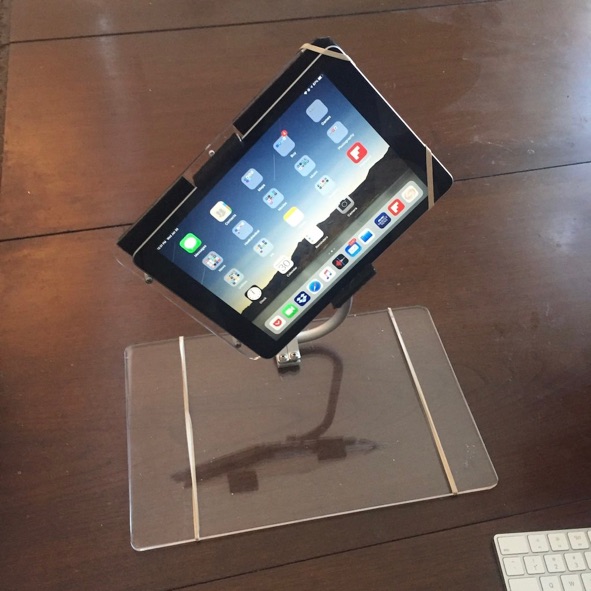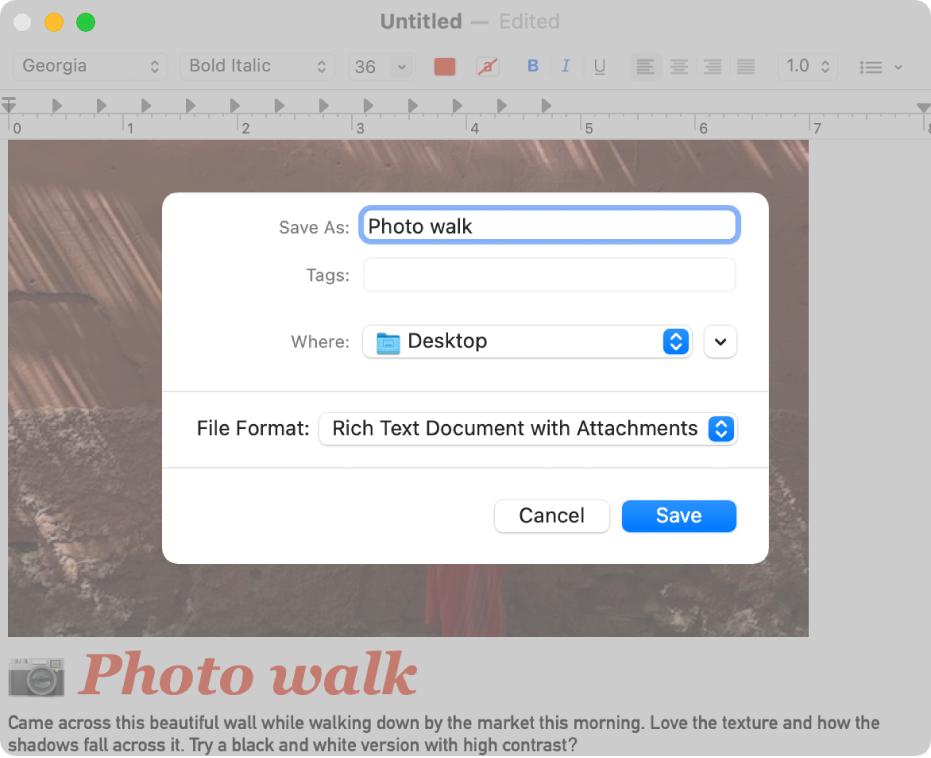

- WHAT DO YOU USE FOR WORD PROCESSING ON A MAC FULL
- WHAT DO YOU USE FOR WORD PROCESSING ON A MAC SOFTWARE
- WHAT DO YOU USE FOR WORD PROCESSING ON A MAC MAC
In Word, you have to copy, scroll, and paste. This is essential for me when writing a book, as I am writing it piece-by-piece and often moving chunks around. One of my favorite features of Scrivener is how you can create small mini-documents (called “texts”) and drag and drop them in whatever order you want.
WHAT DO YOU USE FOR WORD PROCESSING ON A MAC MAC
If you’re a Mac user, it’s similar to what Pages allows you to do (but better).

Unlike MS Word, there’s a distraction-free mode that allows you to just write and not worry about anything else. Compare that to Word’s $139 price point, and it’s a no-brainer (consider Scrivener is way better and much more writer-friendly). At most, it’ll cost you $45 ($40 for PC). Here are a few reasons why I love this program and recommend Scrivener to any writer: I never screamed at the computer for forcing an indent I didn’t actually want. Guess what didn’t happen while writing that book? I never lost a chapter due to the program crashing. I just finished my last book, The Art of Work, and wrote the entire thing on this wonderful word processor. “I will never use Microsoft Word again,” I said after writing my first piece on Scrivener.
WHAT DO YOU USE FOR WORD PROCESSING ON A MAC FULL
Yes, it’s a robust program, full of features I know I haven’t taken full advantage of (more on that in a minute), but immediately I made a vow to myself. Enter Scrivener…Īs soon as I opened up Scrivener, I was amazed at how much easier it was than Word. But what’s a writer to do?įor the longest time, I thought the answer was just “grin and bear it.” Well, not anymore. And I know for a fact, I have wasted days of my life trying to fix something that Microsoft Word messed up, just trying to get the text back to normal. I don’t want to have to worry too much about making sure the tools work right or having to fix some funky formatting because of an invisible rule that Word set up because it “intelligently” thought I was doing something that I wasn’t.īy no means am I an accomplished technologist, but I know my way around a computer and can figure a lot of things out.

And every time I open up Word, I feel like I’m making my life as a writer way more complicated than it needs to be.Īs a writer, I basically just want to write. This may not be a big deal to you, but I like using beautiful, simple tools.
WHAT DO YOU USE FOR WORD PROCESSING ON A MAC SOFTWARE
Any fancy formatting that Word lets you do doesn’t register with most typesetting software (subheads, bulleted lists, and endnotes/footnotes all have to be marked up manually and then designed by a book designer). Yes, that’s cool, but the problem with these features is that they’re pointless for authors. Those who swear by Word tell me they love the robust features like being able to add footnotes and chapter links and the like. I have lost more than a few chapters of my books thanks to this feature. Word will just randomly crash on you and unless you’re saving every seven seconds, you’re likely to lose some of your work. I thought this was just me until I heard from other writers who struggle with this, too. And yes, you can turn this stuff off, but navigating a plethora of menus is anything but easy. I find the auto-indents and instant formatting cumbersome and frustrating. What’s so bad about Microsoft Word?įirst things first. I have finally seen the light.Īfter hearing so many writers I respect (people like Michael Hyatt and Andy Traub) talk about the magic of Scrivener, a word processor designed for serious writing projects, I decided to give it a go. I wasted years of my life doing all my writing on Microsoft Word.


 0 kommentar(er)
0 kommentar(er)
